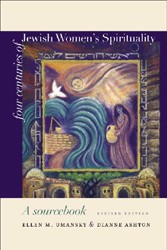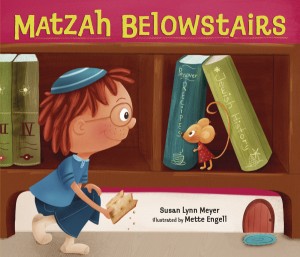Hanukkah in America: A History by Dianne Ashton opens up the world of Hanukkah in an exciting new way. Hanukkah has the distinction of being one of the two least important festivals in the Jewish religious calendar, reports Ashton. The other one is Purim. And yet in America, Hanukkah has taken on major significance in the Jewish and non-Jewish community. Starting in the 1840s, a wide swath of American Jewish interest groups took hold of the holiday and shaped it into forms that met their diverse interests. For some the Hanukkah’s story of military revolt and Maccabee heroism countered (pre-Israel) stereotypes of physically ineffectual Jewish males incapable of military prowess. For others Hanukkah was seen as a countervailing force against the seductiveness of the Christmas holiday celebrations and the spreading of assimilation in America. Whatever the motivations, by the beginning of the twenty-first century, Hanukkah had become a “broadly, public, Jewish American event,” reports Ashton.
One of the enduring rituals of the holiday is the lighting of an eight candle menorah accompanied by traditional blessings. In antiquity Jews would create an array of small oil lamps or use a special Hanukkah oil lamp with eight wicks. Historians date the use of the first free standing menorah with eight candles back to Italy in 1470. The menorah was modeled after the large seven-branch menorah that stood in the Second Temple in Jerusalem. When the Maccabees wrested the control of the Temple from the Greeks, they rededicated the Temple and lit the menorah. The lighting of Hanukkah’s candles commemorates that Maccabean victory and the divine intervention of God on behalf of the Jewish people. This powerful symbol was adopted by the Chabad Hasidim in 1974. The Chabad set up their first enormous Hanukkah menorah in Philadelphia’s Independence Mall, near the Liberty Bell and invited public officials to be involved in the candle lighting ceremony. The next year Chabad set up another one in San Francisco. Every year after that more and more Chabad giant menorahs and public lightening ceremonies sprung up across the country. In 1978, Rebbe Menahem M. Schneerson urged his emissaries to erect giant Hanukkah lamps around the world as a means of “spreading the wellsprings” of Hasidism. The Chabad Hasidim have made the giant menorah an emblem of their movement. It is often found in front of their Chabad synagogues and meeting houses year long. These giant Chabad menorahs and our own family menorahs have served to reinforce the significance of the festival of lights.
I thoroughly enjoyed reading Hanukkah in America: A History. I recommend it to all people interested in Jewish cultural history. It is great fun to learn about the varied Hanukkah practices and their derivation. After reading this book, I am sure many readers will rush out to eat latkes, the traditional American Hanukkah food and sufganiot (jelly doughnuts) another favorite of the holiday. Both foods are made in oil and commemorate the miracle of Temple menorah rededication when one cruse of oil lasted eight nights instead of only one.
Dianne Ashton is professor of religion studies at Rowan University. She is the author of four books including the first modern biography of Rebecca Gratz. Ashton is the editor of the scholarly journal American Jewish History. Appendixes, bibliography, notes, photos (b & w), illustrations.





